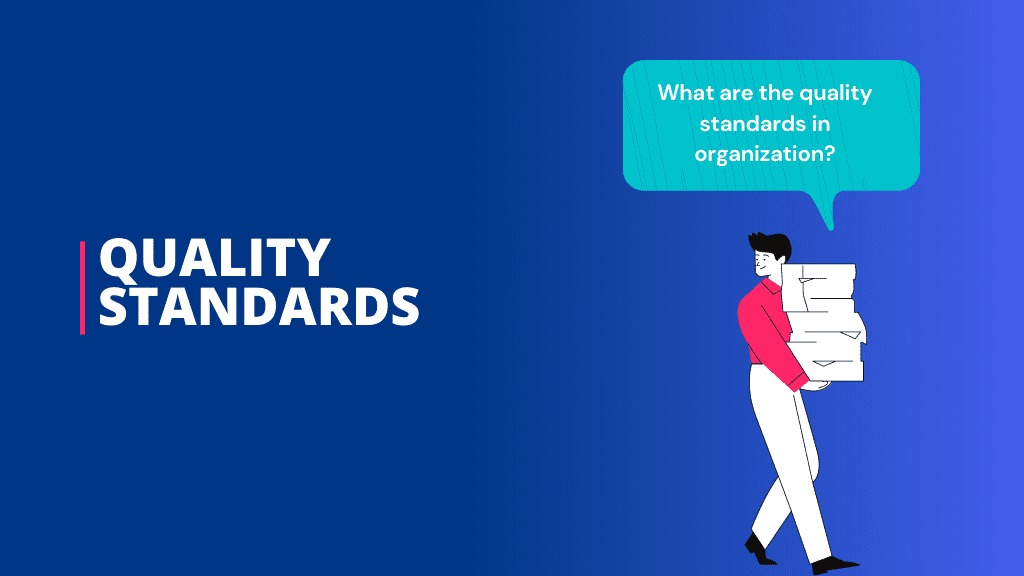Posted inPrinciple of Management
Decision making
Decision making is a very important and complex process. In order to aid decision makers make the right choice, quantitative techniques are used that improve the overall quality of decision making. Following are some of the commonly used techniques: Decision Trees Decision Trees are tools that help choose between several courses of action or alternatives. They are: Represented as tree-shaped diagram used to determine a course of action or show a statistical probability. Each branch of the decision tree represents a possible decision or occurrence. The tree structure shows how one choice leads to the next, and the use of branches indicates that each option is mutually exclusive. A decision tree can be used by a manager to graphically represent which actions could be taken and how these actions relate to future events.…















